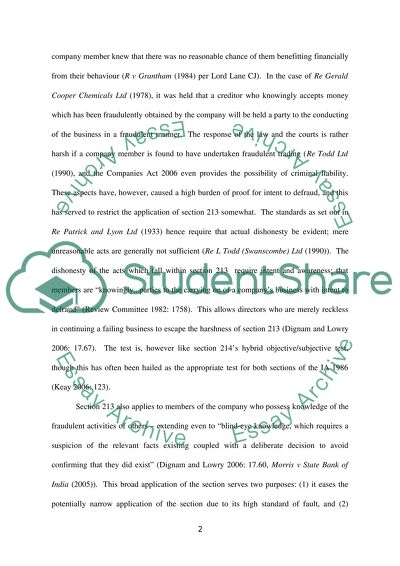Cite this document
(“Fraudulent and Wrongful Trading: Dishonesty and Incompetence Essay”, n.d.)
Retrieved from https://studentshare.org/law/1434866-fraudulent-and-wrongful-trading-dishonesty-and-incompetence
Retrieved from https://studentshare.org/law/1434866-fraudulent-and-wrongful-trading-dishonesty-and-incompetence
(Fraudulent and Wrongful Trading: Dishonesty and Incompetence Essay)
https://studentshare.org/law/1434866-fraudulent-and-wrongful-trading-dishonesty-and-incompetence.
https://studentshare.org/law/1434866-fraudulent-and-wrongful-trading-dishonesty-and-incompetence.
“Fraudulent and Wrongful Trading: Dishonesty and Incompetence Essay”, n.d. https://studentshare.org/law/1434866-fraudulent-and-wrongful-trading-dishonesty-and-incompetence.


